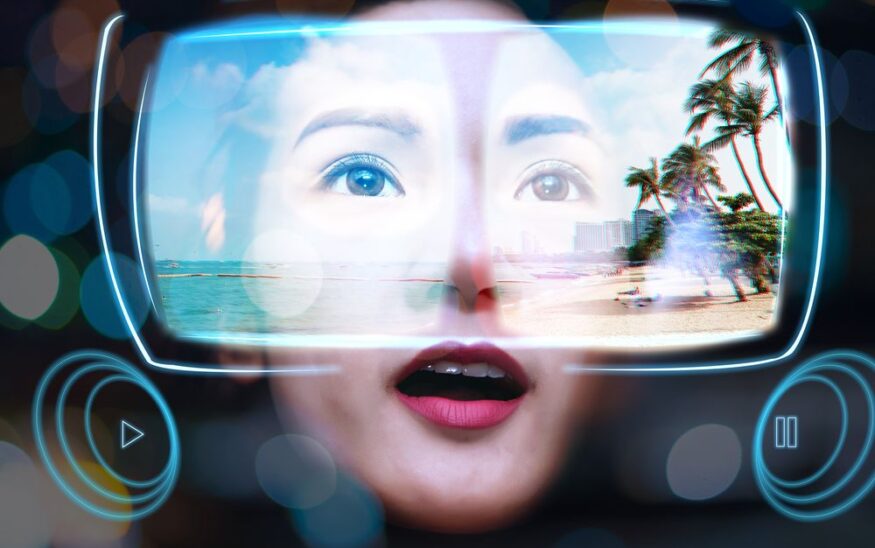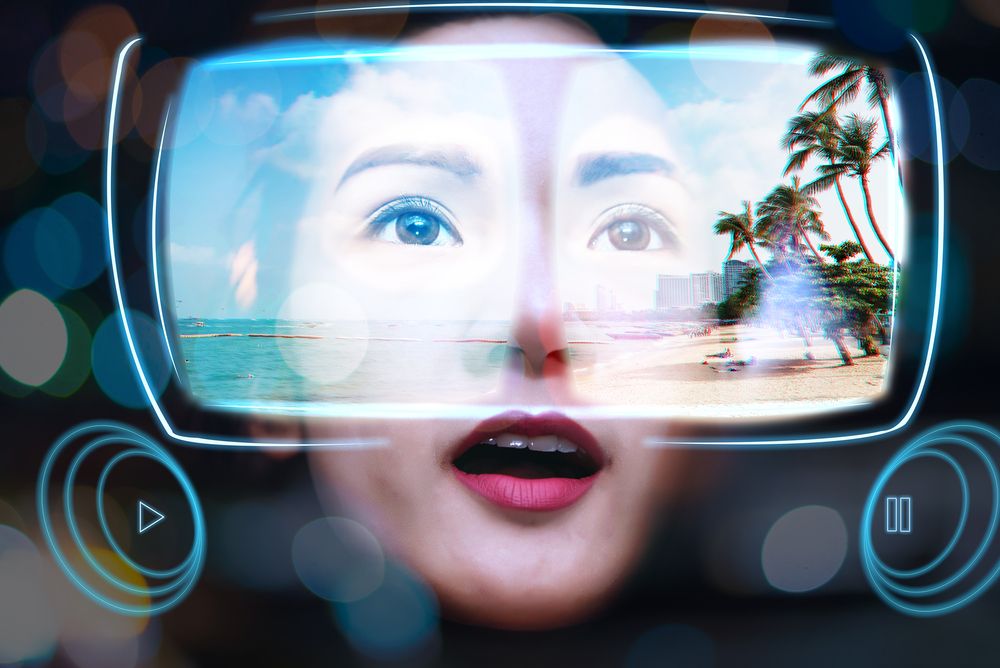How Virtual Reality Can Wow Your Clients
VR has become an integral tool in the design toolbox
Anna Dillé //April 24, 2019//


How Virtual Reality Can Wow Your Clients
VR has become an integral tool in the design toolbox
Anna Dillé //April 24, 2019//

Imagine walking into a meeting, putting on a virtual reality (VR) headset and being instantly transported to the middle of an urban park. Flowers, grass and trees surround you under a bright blue sky. You might feel like soaking up sun on a bench, but this is a virtual experience. In reality, you're sitting in the conference room. This magical experience was brought to you by VR, a technology the landscape architecture industry is using to make plans a reality for their clients.
There are three ways VR is being incorporated into landscape architecture:
- Informing the Design Process | Using VR in studio with clients and designers. It gives everyone the perspective they need to see what the design will look like and answer questions about the space. VR allows designers to accommodate needs on the front-end rather than having to make major adjustments once construction starts.
- Enhancing the Vision | Design concepts can be hard to communicate, especially when they are far-reaching visionary designs. With VR, these designs are at your fingertips, allowing true visualization for how something becomes a reality in a particular space. With VR, you are able to take complex ideas and allow people to see how it will impact their reality. It is a critical tool in gaining buy-in on complex, visionary design projects.
- Driving Engagement | Stakeholder buy-in throughout the design process is critical to a successful outcome. Using VR to allow stakeholders to see what their new park or plaza will feel like is one of the best tools for gaining support. When stakeholders experience a design in VR, they often are immediately supportive and provide more informed feedback/ideas.
The urban designers and planners at Design Workshop have been using VR technology for the past few years to fully immerse its internal teams and clients in proposed designs. VR offers an avenue to reduce confusion, identify potential issues and problem-solve before development even occurs.
For example, in early 2017, Design Workshop was working on redesign of Zephyr Plaza at the Winter Park Resort. The design incorporated nine swings for public use. VR allowed the designers to model 50 different types of swing options and test them virtually before settling on the final design. From the height of the seat to what form of swing matched the plaza design best, the feedback process was streamlined due to the virtual review process allowing live mark-up and commenting via VR. Fabricators were able to give feedback in VR on the constructability of the swing designs significantly shortening the fabrication process as only one full-scale mockup was needed prior to installation.
This project also included the replacement of the parking garage lid at Zephyr Plaza. To obtain approval on this project, 444 Home Owners Association stakeholders had to be engaged for review and feedback. VR was used to allow the group to see what it would like from their personal balcony. It allowed stakeholders and designers to collaborate on feedback. Ultimately, 94 percent of the group approved the plans.
The Future of VR
VR has become an integral tool in the design toolbox, allowing increased communication with stakeholders while promoting internal collaboration. It encourages cross-office and -discipline collaboration and makes it possible to review designs together with clients around the world from the comfort of their own conference rooms.
Anna Dillé is an urban designer and visual communications specialist at Design Workshop. Her project experience includes public spaces and parks, urban design, master planning, resort design, transit-oriented development and mixed-use development. Anna currently leads firm-wide training on 3D modeling and virtual reality.



























